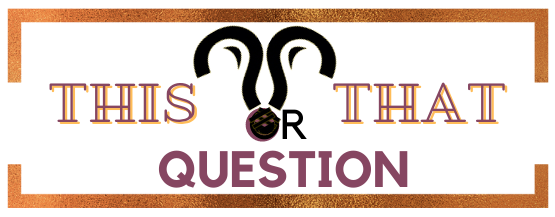Employees and employee’s are often used interchangeably and can be confusing to differentiate. To understand the differences, it’s important to understand the definition of each term.
Employees refers to a collective group of people who are employed by a company or organization. It is a plural noun, meaning it refers to more than one person; it is not used to describe a single person.
Employee’s refers to the individual belonging to the collective group of employees. It is a possessive noun, meaning it refers to the ownership of something or someone. Employee’s is used to describe a single person and is used to describe the person’s belongings, such as their salary, benefits, and job duties.
In general, employees is used when referring to the collective group of people employed by a company or organization, while employee’s is used when referring to an individual employee.
For example:
The company has a large number of employees.
The employee’s salary is competitive.Employees and employee’s are often used interchangeably and can be confusing to differentiate. To understand the differences, it’s important to understand the definition of each term.
Employees refers to a collective group of people who are employed by a company or organization. It is a plural noun, meaning it refers to more than one person; it is not used to describe a single person.
Employee’s refers to the individual belonging to the collective group of employees. It is a possessive noun, meaning it refers to the ownership of something or someone. Employee’s is used to describe a single person and is used to describe the person’s belongings, such as their salary, benefits, and job duties.
In general, employees is used when referring to the collective group of people employed by a company or organization, while employee’s is used when referring to an individual employee.
For example:
The company has a large number of employees.
The employee’s salary is competitive.Employees and employee’s are often used interchangeably and can be confusing to differentiate. To understand the differences, it’s important to understand the definition of each term.
Employees refers to a collective group of people who are employed by a company or organization. It is a plural noun, meaning it refers to more than one person; it is not used to describe a single person.
Employee’s refers to the individual belonging to the collective group of employees. It is a possessive noun, meaning it refers to the ownership of something or someone. Employee’s is used to describe a single person and is used to describe the person’s belongings, such as their salary, benefits, and job duties.
In general, employees is used when referring to the collective group of people employed by a company or organization, while employee’s is used when referring to an individual employee.
For example:
The company has a large number of employees.
The employee’s salary is competitive.Employees and employee’s are often used interchangeably and can be confusing to differentiate. To understand the differences, it’s important to understand the definition of each term.
Employees refers to a collective group of people who are employed by a company or organization. It is a plural noun, meaning it refers to more than one person; it is not used to describe a single person.
Employee’s refers to the individual belonging to the collective group of employees. It is a possessive noun, meaning it refers to the ownership of something or someone. Employee’s is used to describe a single person and is used to describe the person’s belongings, such as their salary, benefits, and job duties.
In general, employees is used when referring to the collective group of people employed by a company or organization, while employee’s is used when referring to an individual employee.
For example:
The company has a large number of employees.
The employee’s salary is competitive.


